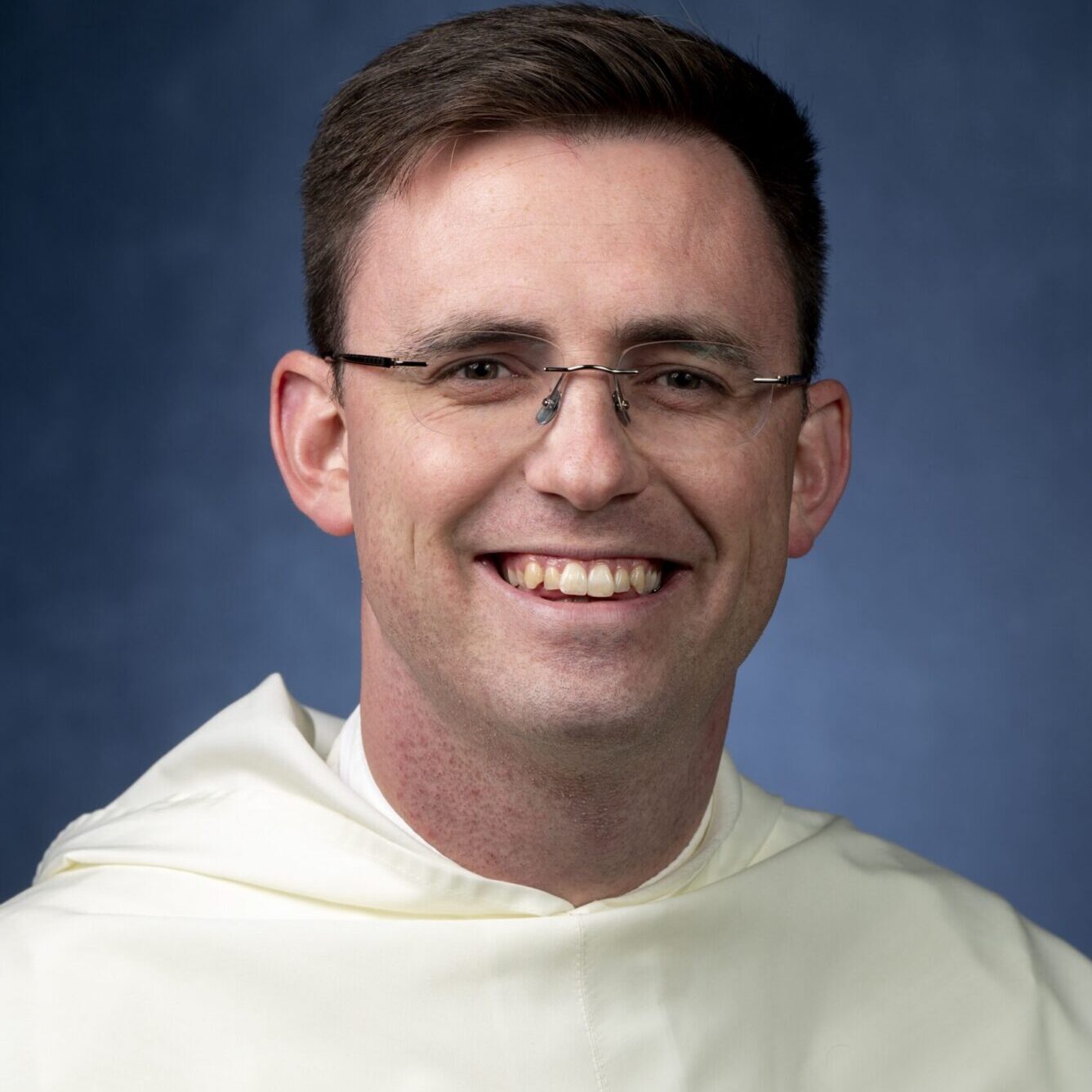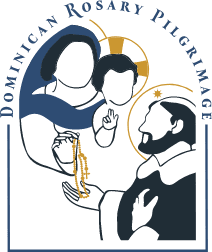“Peace be with you!”
A few days ago, from the central balcony of St. Peter’s Basilica, the Successor of St. Peter addressed a broken and fragmented world with the words of the Risen Christ: “Peace be with you!” It was an extraordinary moment that filled many hearts with a profound sense of Christian hope and joy.
At the conclusion of his prepared remarks, Pope Leo XIV invited the faithful to join him in the recitation of a Hail Mary. He asked everyone in attendance, as well as the many millions watching by livestream, to pray for his newfound ministry and, perhaps most importantly, to pray for peace throughout the world.
Our Mother Mary always wants to walk at our side, to remain close to us, to help us with her intercession and her love. So, I would like to pray together with you. Let us pray together for this new mission, for the whole Church, for peace in the world, and let us ask Mary, our Mother, for this special grace.
My friends, Pope Leo XIV is quite right. We must pray for peace. Prayer is almost always the first means for acquiring divine assistance (cf. Ps 69:2). It is the certain and indispensable key to opening the treasury of heaven and bending the ear of the eternal Father (cf. Jn 16:23). If we do not pray, especially in times of need, the treasury of heaven risks being unopened and the graces that God designs to give, squandered forever. Today, in a world marked by senseless suffering and seemingly endless war, we have such need for prayer, and in particular, prayers for peace.
On this glorious feast of Our Lady of Fatima, we recall how Mary taught the shepherd children (Lucia, Jacinta, and Francisco) to say the Holy Rosary for peace and an end to the First World War.
Over the course of her apparitions in Fatima, Portugal, Our Lady asked the children to pray the Holy Rosary specifically for peace, not once, but at least three times! On May 13, 1917—Our Lady requested that the children “[s]ay the Rosary every day to obtain peace for the world and the end of the war.” Four months later, she repeated the same charge, saying, “Continue to [pray] the Rosary to bring about the end of the War.” Finally, on October 13, 1917, she enjoined them a third time, adding, “I am the Lady of the Rosary. Continue to say the Rosary every day. The war is going to end, and the soldiers will soon return to their homes.”
In so doing, Our Lady conveyed the splendid and even privileged place of the Holy Rosary in the communication of divine grace. But even more marvelously, she reminded the world about Rosary’s special relationship to the gift of peace. In Rosarium Virginis Mariae, Leo’s saintly predecessor, Pope John Paul II, wrote of this relationship:
A number of historical circumstances […] make a revival of the Rosary quite timely. First of all, the need to implore from God the gift of peace. The Rosary has many times been proposed by my predecessors and myself as a prayer of peace. At the start of a millennium which began with the terrifying attacks of 11 September 2001, a millennium which witnesses every day innumerous parts of the world fresh scenes of bloodshed and violence, to rediscover the Rosary means to immerse oneself in contemplation of the mystery of Christ who “is our peace,” since he made “the two of us one, and broke down the dividing wall of hostility (Eph 2:14). Consequently, one cannot recite the Rosary without feeling caught up in a clear commitment to advancing peace, especially in the land of Jesus, still so sorely afflicted and so close to the heart of every Christian. (14)
As good sons and daughters of the Church Universal, let us heed the invitation of Our Lady of Fatima, Pope St. John Paul II, and now Pope Leo XIV, and pray for peace throughout the world. Let us pick up our rosaries and tell our beads with renewed fervor, asking Mary, our Mother, to intercede for every nation under God, bringing them (one and all!) the Risen Lord’s gift of peace.
Through the power and efficacy of the Holy Rosary, may we become true channels of Christ’s peace.
Our Lady of Fatima, pray for us!

Written by Fr. Maximilian Maria Jaskowak, O.P.
Fr. Maximilian Maria Jaskowak, O.P., is a Catholic priest and Dominican friar of the Order of Friars Preachers (Eastern Province, USA). He currently serves as instructor of moral theology and Director of Spiritual Life Programs at St. Mary’s Seminary & University in Baltimore, MD. In addition to his teaching and mentoring responsibilities at the seminary, Fr. Maximilian is one of the directors and co-founders of the COR IESU Project, a new preaching initiative of the Dominican Province of St. Joseph, dedicated to the work of priestly formation.


